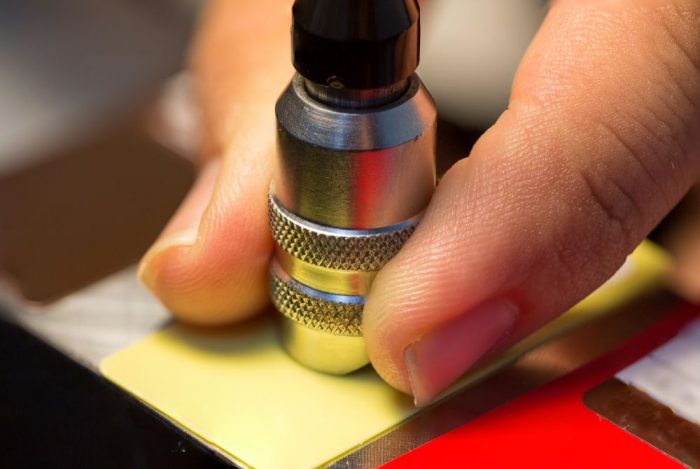Before you choose your ultrasonic thickness gage, you have to consider a number of factors. Some of the obvious factors include your budget constraints and also the reason you are buying it for. However, if this is your first-time purchasing equipment like this, then you might not be familiar with some of the other factors which might not be as obvious. It is important to note that these factors might be equally worth considering when choosing an ultrasonic thickness gage from such a competitive market. Furthermore, there are many factors that you need to consider when talking about the application of the instrument.
Before choosing the one that you want to get, you should find out exactly what you can and cannot do. Here at Willrich Precision Instrument, we provide a wide range of metrological products for any of your industrial needs.
Ultrasonic Thickness Gages Explained
Ultrasonic testing to measure thickness is becoming a very popular method. The main reason for using this device is that it can test the thickness of a wall without any form of destruction. It is usually used for the detection of thinning walls as a result of corrosion or as a method used for quality assurance. It can also be used for measuring boilers, aircraft materials, and even pipes.
The market for ultrasonic thickness gages is extremely competitive and there are many different manufacturers. The entry-level handheld units might cost as low as a few hundred dollars and can reach up to thousands of dollars. Usually, the software used for such products are very similar, but manufacturers can alter the internal software to cater to more specific needs. Many companies around the world offer the option to upgrade their products. As a result, a simple thickness gage can be upgraded to a device with datalogging capabilities and live waveform features.
The Material of Your Ultrasonic Thickness Gage
It is essential that you also list out the materials and the range of thickness for each material that you might want to test. Additionally, you should note down the accuracy that you want to achieve, the temperature when you are taking the readings, and the finish of the materials. In the case where a fluid can be applied to it, the fluid is most likely soluble in water and suitable for use with high frequency sound waves.
Considering the Weight and Size
When contemplating which model to purchase, some factors that you should consider include the weight and size of the ultrasonic thickness gage. Firstly, you must check if you have sufficient storage space for the size that you are looking for. Some ultrasonic thickness gages are compact and portable. They can even fit inside your pocket because they utilize AA size alkaline batteries that everyone knows are extremely portable.
On the other end of the spectrum, there are much larger gages because of the battery that they use. For example, if you need long-lasting battery life that uses latest lithium ion technology, then chances are your unit will be much larger. Additionally, you should consider how easy it is to service the unit that you want to buy, bearing in mind the place of manufacture and their reputation in this industry.





